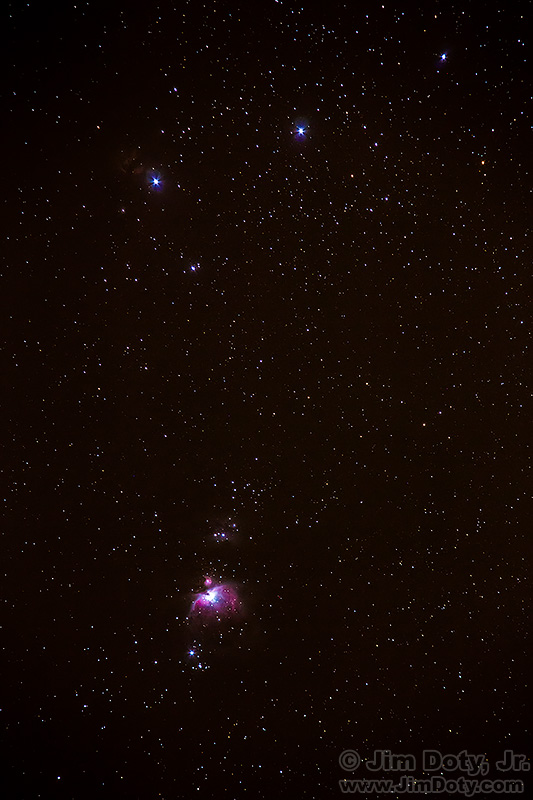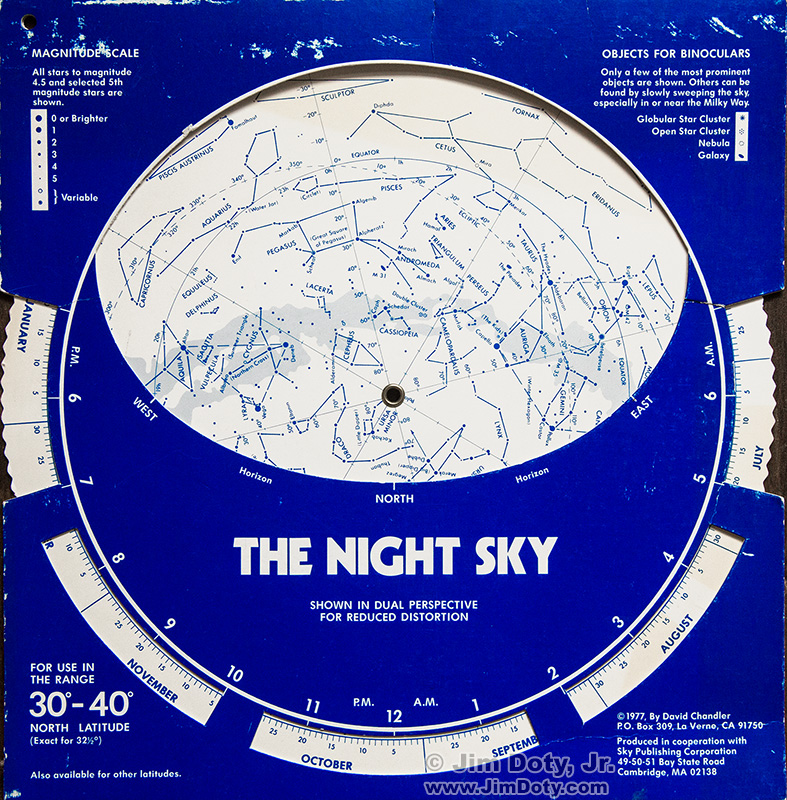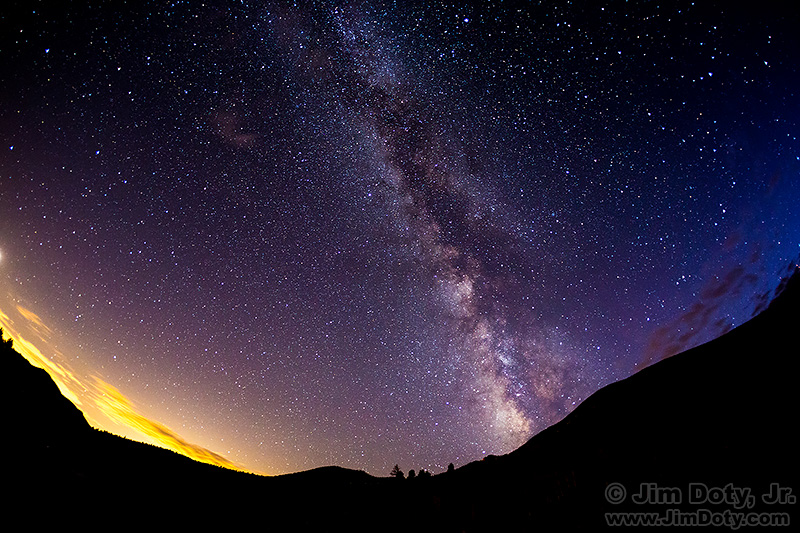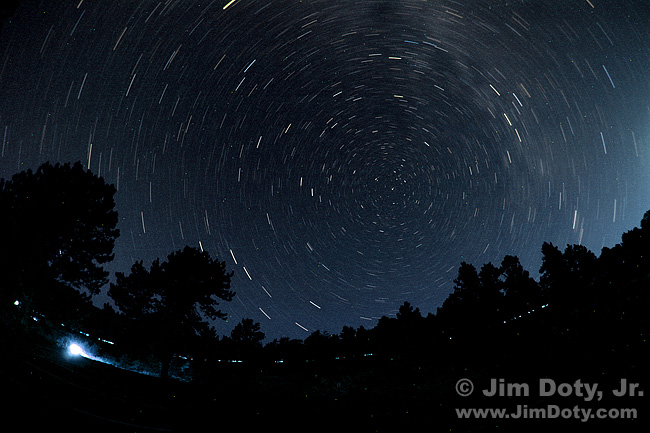There is a whole world of things to photograph after the sun goes down. Cityscapes at twilight and after dark. Landscapes in the late evening light. Thunderstorms. Fireworks. And then of course, there is astrophotography. The simple stuff is simple to do (once you have learned how to do them) and all you need are a camera, lens, and tripod. For some astrophotography you will need specialized but not very expensive equipment like the $300 sky tracker used for the photo above. The challenging stuff is hard, complicated, and expensive to do if you want the kind of eye popping photos that you see in Astronomy and Sky and Telescope magazines (you should subscribe to one or the other or both if this is your thing). No matter what you want to do, the books below will get you started. And if you just like to look at the night sky, I recommend some books for that too.
I suggest you start simple and work your way up to the more complex.
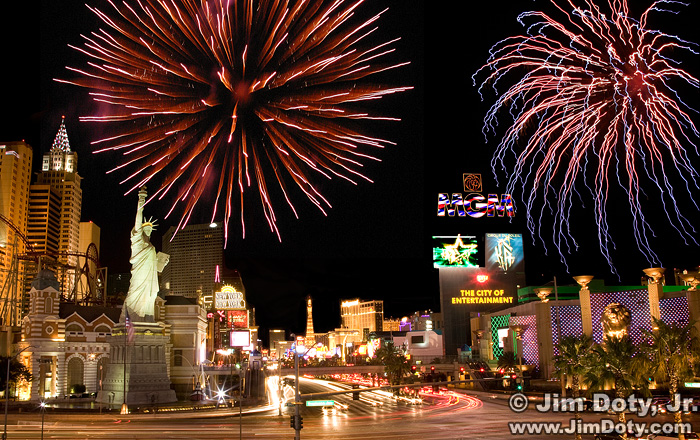 You can do simple stuff with just your camera, a lens, a locking cable release, and a quality tripod.
You can do simple stuff with just your camera, a lens, a locking cable release, and a quality tripod.
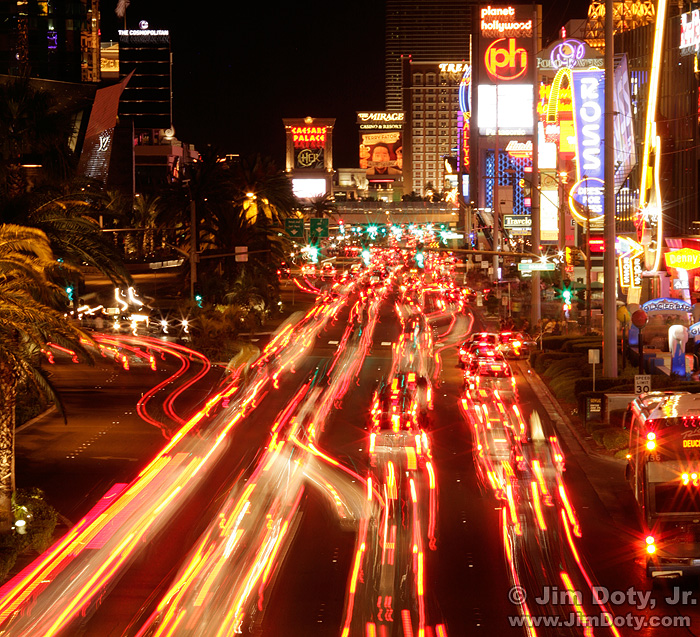 For starters, there is an excellent chapter on Night and Low Light Photography in my book Digital Photography Exposure for Dummies which is one of the highest rated books on Amazon.com. You can learn more here and order it here.
For starters, there is an excellent chapter on Night and Low Light Photography in my book Digital Photography Exposure for Dummies which is one of the highest rated books on Amazon.com. You can learn more here and order it here.
 To get started with night photography and the night sky I highly recommend the following two books.
To get started with night photography and the night sky I highly recommend the following two books.
My favorite all inclusive introduction to photography at night, which covers a little bit of everything from cityscapes at night to the night sky, is Creative Night: Digital Photography Tips and Techniques by Harold Davis.
Photography: Night Sky, A Field Guide for Shooting After Dark by Jennifer Wu and James Martin. This is an excellent introduction to the easy stuff you can do with a camera, lens, and tripod. Unlike the book by Davis, this book is devoted exclusively to the night sky so it covers the topic in more detail.
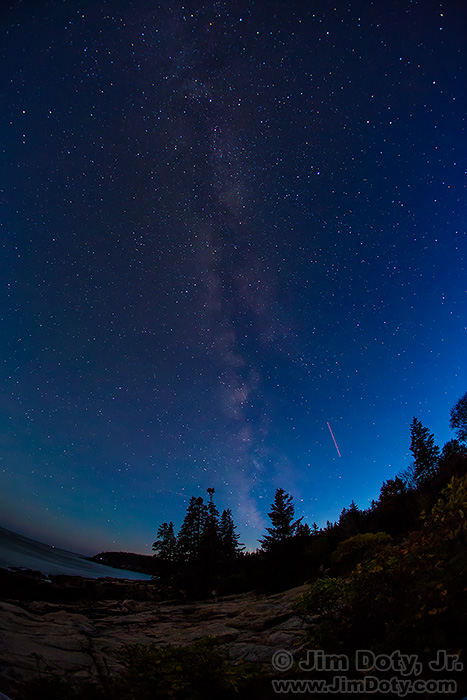 As you get further into astrophotography you will need some addition equipment.
As you get further into astrophotography you will need some addition equipment.
You can make a home made, mechanical “star tracker” for less than $20 that will track the motion of the stars for up to 15 minutes when using normal to wide angle lenses on your camera. Instructions are here. Due to the inaccuracies of a home made rig, don’t use a lens focal length longer than 50mm or an exposure longer than 15 minutes.
For a step up in accuracy you can use an iOptron Sky Tracker ($300) in between your tripod and your camera. For more information, read Astrophotography with the iOptron SkyTracker.
You can mount (piggy-back) your camera and lens on the back of a telescope, and let the telescope follow the rotation of the stars for photos much longer than 15 minutes. The telescope should do just fine tracking the stars. The limit to how long your exposures can be is related to the focal length of your lens. Of course, the telescope needs to be a model with the ability to track the motion of the stars. This ability is usually built into the telescope mount.
If you want to shoot through the telescope (using the telescope as a super telephoto lens), you will need a telescope that can track the motion of the stars, an adapter to mount your camera to the telescope, an eyepiece, and a “guider”. Due to the long focal length of the telescope, even the best amateur tracking telescopes aren’t accurate enough to stay on track during the long exposures that are necessary (15- 30 minutes and typical), so you use a guider to pick and follow one star and to alter the motion of the telescope in order to stick with your guide star. Guiders come in the manual, do it yourself variety, and the automatic CCD variety. Special CCD astrophotography-cameras are also available for shooting through your telescope instead of using your normal camera body. This is, as you would guess, more complicated and expensive than piggy backing your camera on a telescope.
This can all get pretty complex (not too mention very expensive) so you need to do some reading before you start buying stuff.
I highly recommend you buy a planisphere that matches your approximate latitude. Spin the dial to match the date and time and the planisphere will give you a map of the overhead night sky. I recommend you get a planisphere made by David Chandler since they are two sided. The back side gives you a better view of the southern sky. You can order one at the link below.
I highly recommend these books.
The Light-Hearted Astronomer by Ken Fulton. THIS IS A MUST READ. Reading this book first will save you a lot of heartache, not to mention saving you a lot of money. Try and find this on the used market at Amazon.com. Or get it through inter-library loan. Despite being a bit technically dated, the advice is still very sound and the book is a fun read.
Nightwatch: A Practical Guide to Viewing the Universe by Terence Dickinson, Adolf Schaller, Victor Costanzo, and Roberta Cooke. Any recent version of Nightwatch will do. This is a great guide to viewing the night sky with naked eyes, binoculars, or a telescope. It is not a photography guide.
Splendors of the Universe, A Practical Guide to Photographing the Night Sky by Terence Dickinson and Jack Newton. An excellent guide to photographing the night sky. It is well worth finding on the used Amazon market via the link below. This book was written in the days of film photography, but it is still my favorite. Just use the film speed recommendations in this book and set your digital camera’s ISO accordingly. And if you still shoot film, you will be in astrophotography heaven.
Getting Started: Budget Astrophotography by Allan Hall. Another excellent guide to photographing the night sky. If you are on a budget, this is the book for you.
If you are just getting started should you get Dickinson’s book or Hall’s? This is a really tough call but I am giving a slight edge to Dickinson because I have lived with his excellent books for so long, and Hall is new to me. But you can’t go wrong either way. Maybe you need both!
Astrophotography for the Amateur by Michael Covington, or Digital SLR Astrophotography, also by Covington. Another great book. This is an older classic with a wealth of information. Highly recommended. I have the original version but not the newer digital version, so I can’t speak from personal experience regarding the newer version of this book but the reviews at Amazon are good.
Getting Started: Long Exposure Astrophotography by Alan Hall. This is complicated, using a telescope kind of stuff. There is no getting around that fact that this kind of photography is going to cost you in terms of time, effort, determination, and some money. But if you are really serious abut getting this deep into astrophotography, this is an excellent guide. Read the reviews at Amazon.
In addition to the books listed above, I own several other books by Terence Dickinson. Just about anything he does is first class.
The book titles above can be found via the link below to my Amazon powered photography store.
When you get ready to buy a telescope or other astrophotography stuff, go here:
Fred Bieler and his family who have joined him in the business really know their stuff and his prices are very competitive. I have no financial connection with Astronomics – I’m just a very satisfied long-term customer.
Links
You can find all of the above books and a planisphere in the Night, Astronomy, and Astrophotography Books section of my photography store with direct links to Amazon.com.
Article: Astrophotography with the iOptron SkyTracker
How To Choose A High Quality Telescope
This is one in a series of articles that will guide you to the best of all things photographic. The rest are here: Buyer’s Guide: Recommendations For The Best Photography Equipment, Software, Books, Magazines, DVDs, Online Photo Labs and More.

